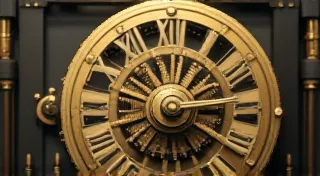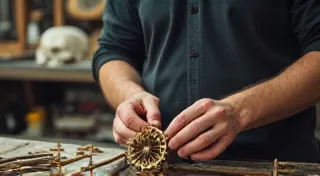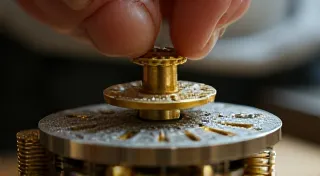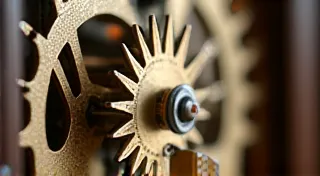Identifying Different Types of Antique Clock Movements: A Visual Guide
Understanding the type of movement within an antique clock is crucial for successful repair and restoration. Misdiagnosing a movement can lead to incorrect repairs and potential damage. This guide provides a visual introduction to common clock movement types found in antique clocks, aiding in proper diagnosis and repair planning.
Brass Movements – The Workhorses
Brass movements are incredibly common in antique clocks, particularly those manufactured from the 18th through the early 20th centuries. They represent a wide range of complexity and construction methods. We’ll break them down into categories based on their overall design.
Pendulum Driven Movements
These are likely the most familiar type, driving the clock's timekeeping with a swinging pendulum.
Weight-Driven Pendulum Movements
These movements utilize weights suspended by chains or cords to provide power. The slow descent of the weights regulates the escapement, driving the gears that advance the hands.

Spring-Driven Pendulum Movements
In spring-driven movements, a mainspring provides the power. These are often found in smaller clocks and are generally easier to maintain than weight-driven movements.

8-Day vs. 30-Day Movements
A key differentiator within brass movements is the power reserve. 8-day movements need winding every 8 days, while 30-day movements typically require winding only once a month. This affects the number of mainsprings and the overall complexity of the movement.

German/Continental Movements
German movements, particularly those from the Black Forest region, are characterized by their often ornate appearance and innovative designs. They often incorporate musical features.
Anchor Escapement with Musical Features
Many German antique clocks feature an anchor escapement coupled with a musical mechanism. This mechanism plays a tune at predetermined intervals.

American Movements
American clock movements often prioritize simplicity and affordability. They are frequently found in shelf clocks and mantel clocks.
American Weight-Driven Movements (Shelf Clocks)
Often characterized by their straightforward design and robust construction.
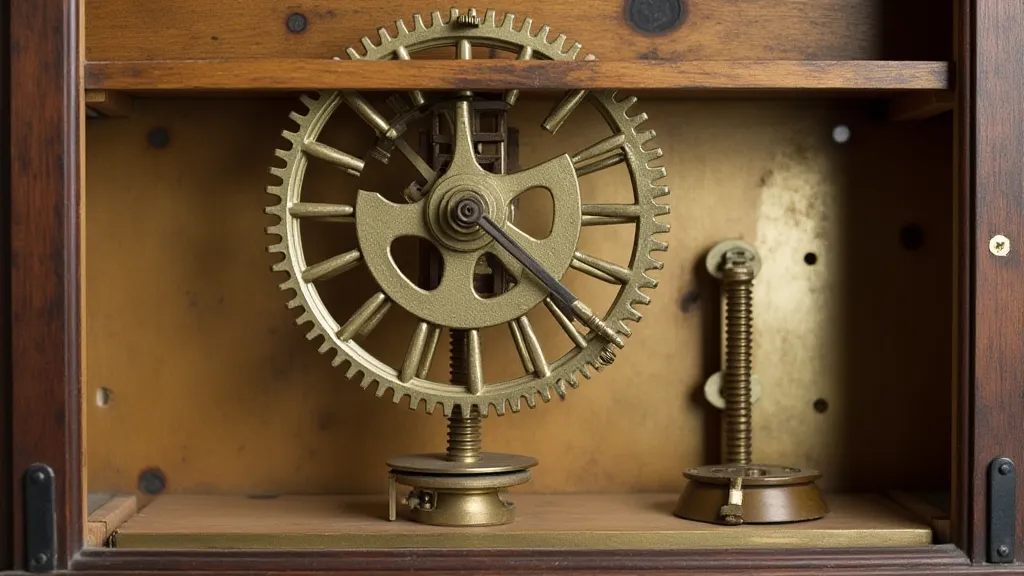
Identifying Key Components
Beyond the overall type, pay attention to these key components for accurate diagnosis:
- Escapement: The mechanism that releases the gears at regular intervals. (Anchor, verge, etc.)
- Mainspring Barrel: Houses the mainspring, indicating power reserve.
- Gear Train: The arrangement of gears that advance the hands.
- Pendulum Suspension: The mechanism connecting the pendulum to the movement.
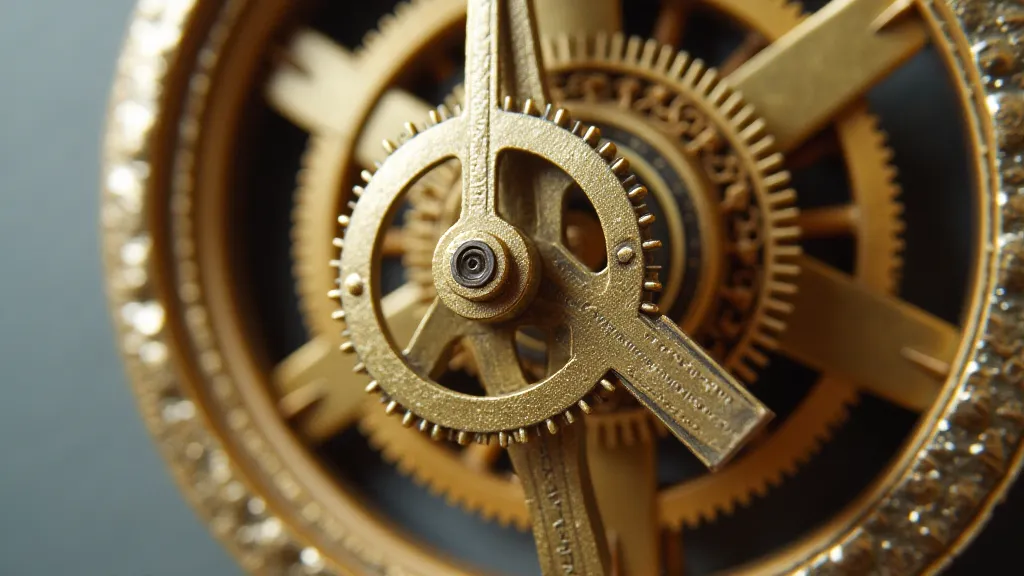
This visual guide provides a starting point for identifying antique clock movements. Further research and hands-on experience are essential for mastering this skill. Always consult reliable repair manuals and seek guidance from experienced clockmakers when tackling complex repairs.
